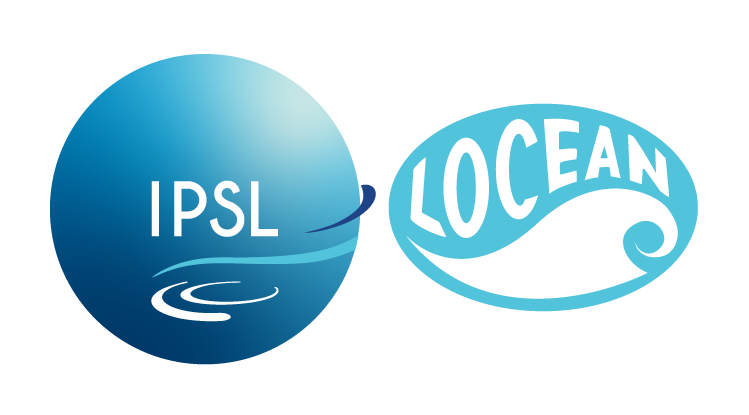
Séminaire
New biologging devices to characterize the biological landscapes of the Ocean. How do southern elephant seals respond to these variations ?
Christophe Guinet (CECB): New biologging devices to characterize the biological landscapes of the Ocean. How do southern elephant seals respond to these variations?
Sorbonne Université 4 place Jussieu 75005 Paris Sorbonne Université LOCEAN Couloir 45-55 4e étage pièce 417
Description
Understanding the consequences of global warming on marine ecosystems and ultimately on foraging behavior of marine predators is key. To address this challenge, a set of new sensors, and associated algorithms, have been developed and implemented on female elephant seals from the Kerguelen Islands. The high-resolution used to assess the biological landscapes associated with intermediate trophic levels, i.e. zooplankton and micronekton, include the measurement of light associated with the bioluminescence flash, passive acoustics, echo-sounding and the assessment of the number of prey capture attempts (PrCA) from acceleration measurements. Miniature echo sounders are used to characterize the composition in terms of size, abundance and acoustic intensity of the particles present in the water column and the presence or absence of nycthemeral migratory behavior over a 24-hour recording period. Simultaneously, the in-situ oceanographic context was established from measurements of temperature, salinity and chlorophyll a. In-situ measurements were supplemented by satellite ocean color data to evaluate the presence of contrasted different phytoplankton communities. Twelve elephant seal females were equipped with these tags for their 3-month post-breeding foraging trips. Data show significant variations in biological landscapes, particularly bioluminescence, and to a lesser extent diffusive acoustic landscapes, in relation to the oceanographic context. With the exception of the passive acoustic landscape, PrCA varied according to all parameters investigated. Seal fishing performance was the highest when females encountered phytoplankton communities dominated by the presence of diatoms. In addition, the number of PrCA performed at the bottom of the dives are strongly correlated with the amount of bioluminescence detected during the transit phases (descent and ascent) of dives. This result suggests that the bioluminescent landscape is directly related to the biological quality of the area and seal prey density. Current biologging technical development focusses on the in-situ characterization of mid-trophic level organisms.
Informations dates et horaires
Date & Time: Mon Jun 10 2024 13:00:00 GMT+0200 (Central European Summer Time)
Room: salle du LOCEAN, couloir 45-55, 4ème étage, pièce 417
Zoom: https://cnrs.zoom.us/j/94023435816?pwd=bStJHOdEss0cs1Rek7JbUtGCVyCYvG.1


